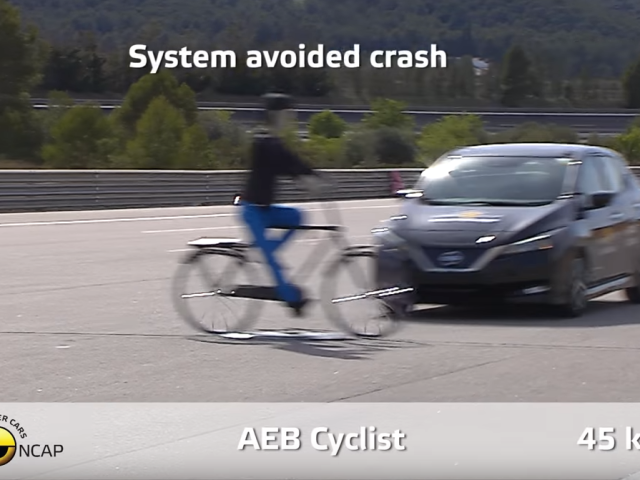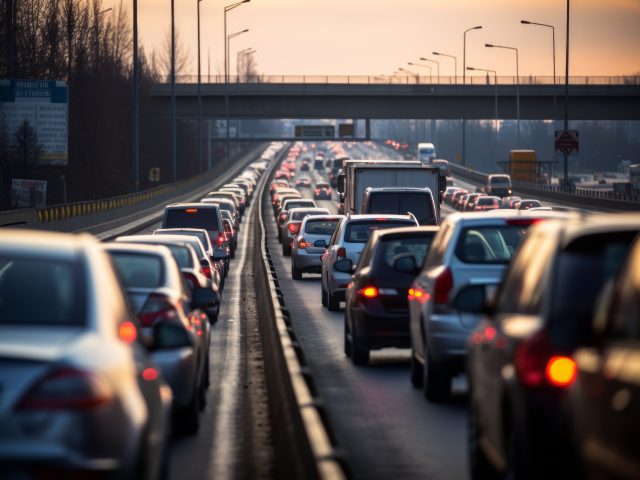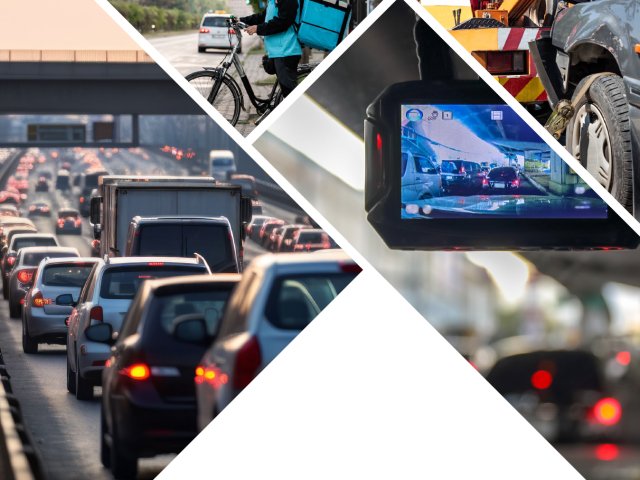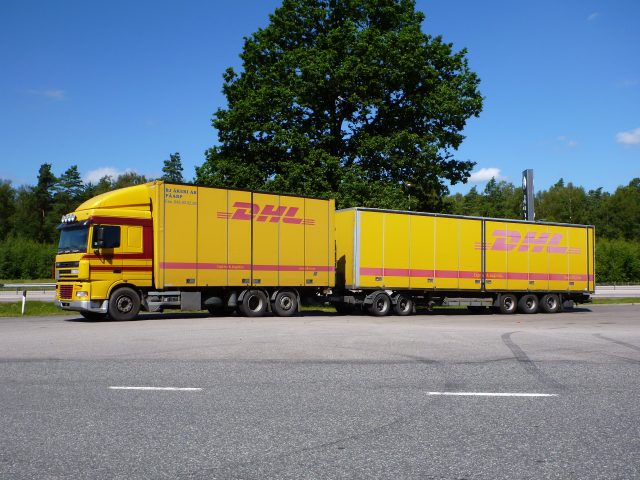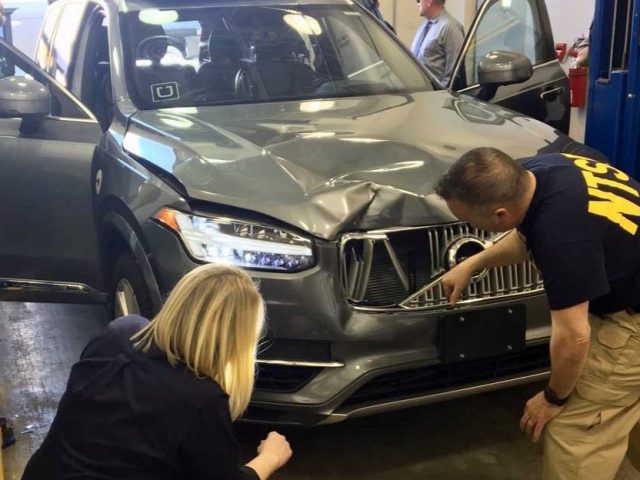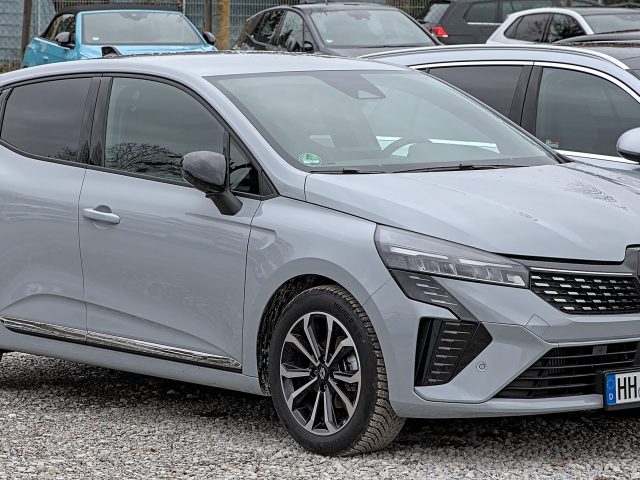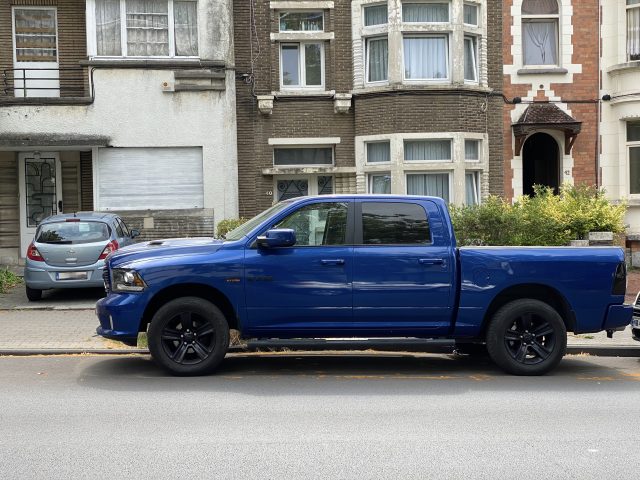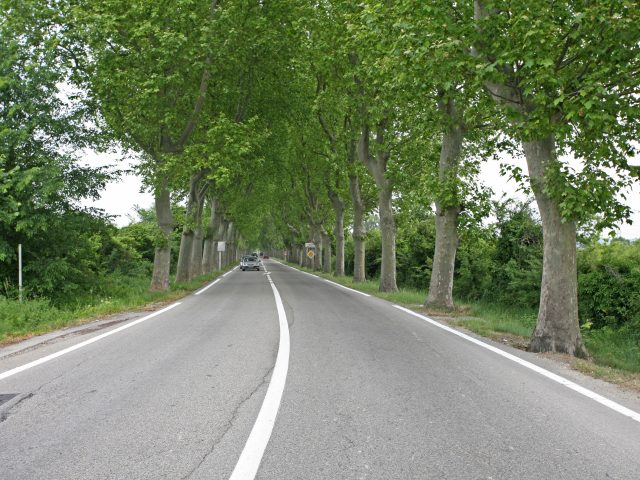The EU’s plan to allow teenagers to drive SUVs unaccompanied at 16 is a fatal mistake
What is happening?
In March 2023, the European Commission published plans to update EU rules on driving licences which included a proposal to allow 16-year-olds to obtain a B1 license, enabling them to drive a car weighing up to 2500 kg as long as a speed limiter is fitted that prevents the vehicle from accelerating above 45 km/h. Negotiations on the final text of the new EU driving licence law are ongoing and the Commission, Parliament and EU Member States are expected to reach an agreement later in 2025. At the time of writing, the Swedish government is actively pushing for the age to be reduced to 15, to align with existing Swedish legislation on modified cars for teenagers known as A-traktors – see below.
Where did this idea come from?
For years, Sweden has had an obscure category of vehicle known as an A-traktor which enables 15-year-olds to drive cars and pickups modified, if necessary, to have no more than two seats, and with top speed limited to 30 km/h. Over many years, a whole sub-culture has grown up around the vehicles, their young drivers and the associated musical and customisation scene.
In Finland, in 2020, the government launched a plan to allow 15-year-olds to drive smaller cars (up to 1500 kg) fitted with a speed limiter set at 60 km/h – but the proposal for so-called ‘light cars’ was blocked by the European Commission.
However, rather than outlawing these anomalies permanently, the European Commission decided to potentially expand the concept to youngsters across the EU.
Are teenagers safer driving low speed cars, than on mopeds or on quad bikes and mini-cars ?
On an individual basis, a youngster may theoretically be safer behind the wheel of a 30 km/h speed-limited, full size car, than riding a motorcycle or driving a quadricycle. However this fact obscures several critically important factors summarised below.
In Sweden, the only market that allows the very young to drive speed-limited full-size cars, tampering to avoid speed limitation has become the norm
According to a 2023 research study, police officers interviewed by the researchers said the a-traktor crashes they investigated almost always involved tampering. Checking the vehicles for the presence of tampering is difficult and very time-consuming. Police estimate it typically takes nine hours to inspect an ‘A-traktor’ modified car. Today there is no known method for definitively preventing a speed limitation device being removed. On modern cars, speed limitation is done via a software update – for which workarounds are readily available.
Moped and e-bike tampering is also a significant problem – however these usually result in vehicles that can move at 45 km/h whereas a tampered car could lead to crashes of 150 km/h or more.
Safety discussions have focussed on the young car drivers only, not on the risks to other road users
The European Commission’s impact assessment on the new driving licence proposals said, in reference to the B1 license changes: “the measure may pose an additional road safety risk, notably for vulnerable road users” but then attempted to play down the effects by noting that the speed and weight had been ‘significantly limited’. However, the weight limit proposed is 2.5 tonnes, which would include some of the heaviest SUVs on the European market. The Commission also proposes a higher speed limit of 45 km/h, considerably higher than the 30 km/h allowed in Sweden in the only real world example of very young drivers allowed to drive full size cars.
Studies carried out in Finland compare driving a low speed, full size car to driving a motorcycle, ATV or quadricycle but ignore risks to other road users. The wider societal impacts of increased car-dependency are ignored.
The Swedish A-traktor example shows that A-traktors represent a higher risk
Between 2020 and 2022 there were 931 A-traktor crashes, almost 2.5 times the number recorded in the previous three years. The risk of dying or getting injured in a collision with an A-traktor is more than four times higher than with a regular car, analysis by the Guardian newspaper of data from the Swedish authorities showed. Eight in every ten injuries involved a person under the age of 17.
Youngsters are safest when taking public transport
An increase in individual motorised mobility among young teenagers will bring increased road safety risks if it causes a shift away from the safety of being a bus or train passenger.
Large speed differences between vehicles sharing high speed roads creates additional risks
While vehicles limited to 45 km/h will not be allowed on motorways, there is a vast network of high-speed national and regional roads in the EU with speed limits vastly higher than 45 km/h. This considerable speed difference can create additional safety risks, as well as congestion on single carriageway roads where overtaking is difficult.
Car-based societies increase health risks from inactivity and obesity
Young people should be encouraged to walk and cycle, activities that bring life-long health benefits as well as environmental benefits for society as a whole.
We risk increasing car dependency as young children move from being transported in their parents’ vehicles, to driving low-speed cars as teenagers rather than building up healthy habits such as walking and cycling and using public transport for their day-to-day activities.
With more and younger people driving, there will be an increased need for road capacity as well as expanded car parking including at schools.
Young drivers may also be asked to transport other younger siblings to school or other activities (taking over the ‘parent taxi’ function) thus exposing these passengers to additional collision risk.
Low-speed cars will not be contained to Finland and Sweden
With an EU-wide legal change such as this, the Swedish a-traktor anomaly and Finland’s failed plan to introduce ‘light cars’ for kids will be put on a solid legal footing for years to come.
Furthermore, the car industry will be delighted to open up a new market for cars that need only a simple software update to enable a speed limiter, as shown by the marketing campaigns for vehicles such as the Volkswagen T-Roc SUV that ran in Finland ahead of the failed launch of ‘light cars’.
If the EU’s plan goes ahead, there will be pressure across the entire EU for governments to introduce the B1 licence which would allow 16-year-olds to drive speed limited SUVs. This would have negative effects for safety, health and the environment that will be felt for decades.
Cars for kids are a fatal mistake.
